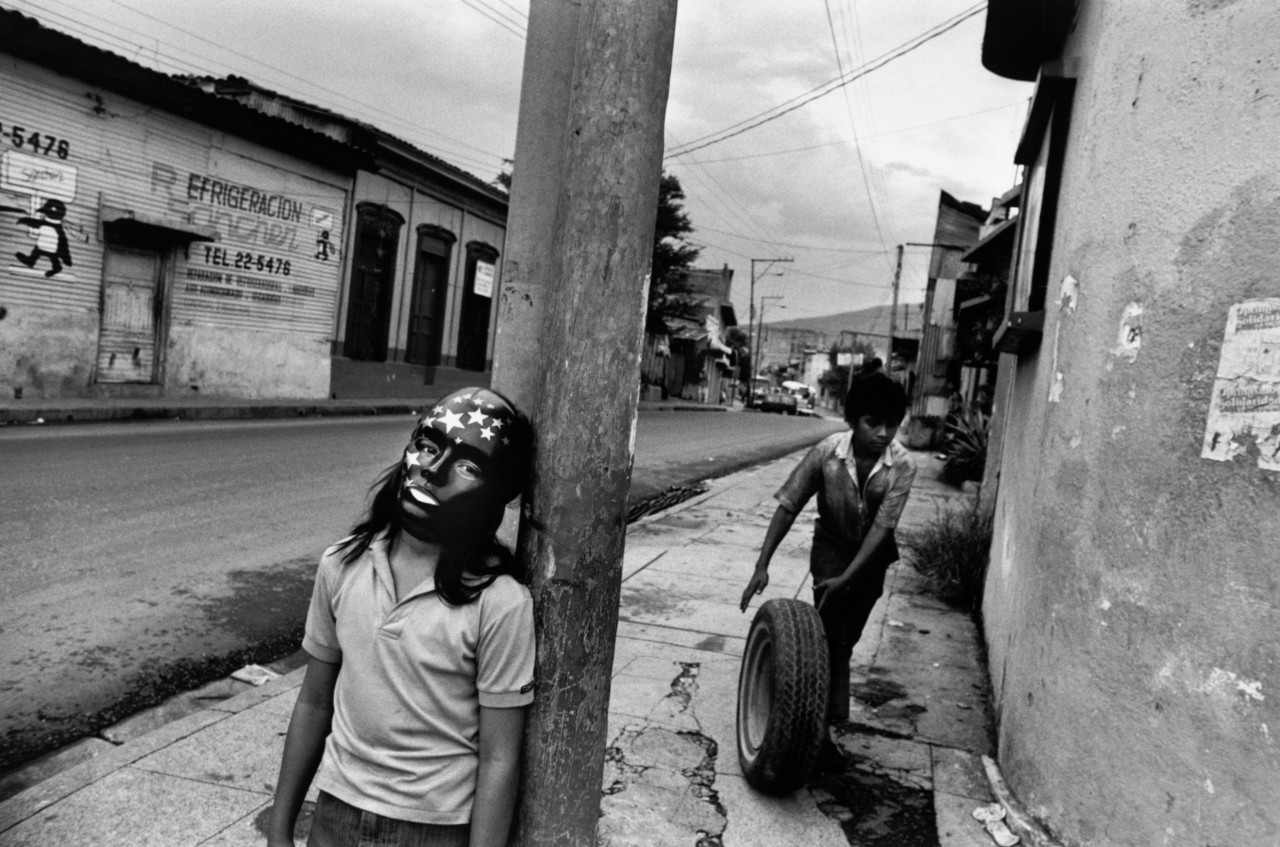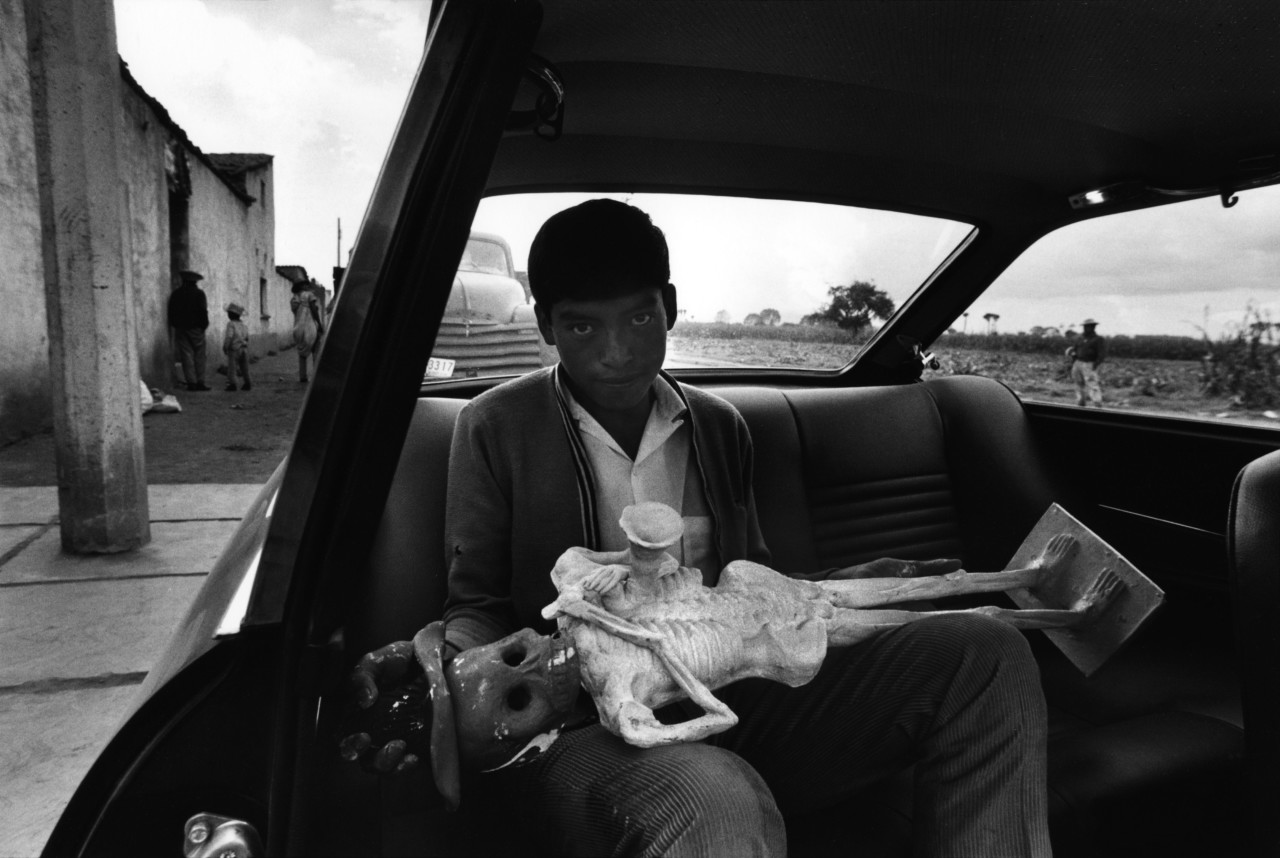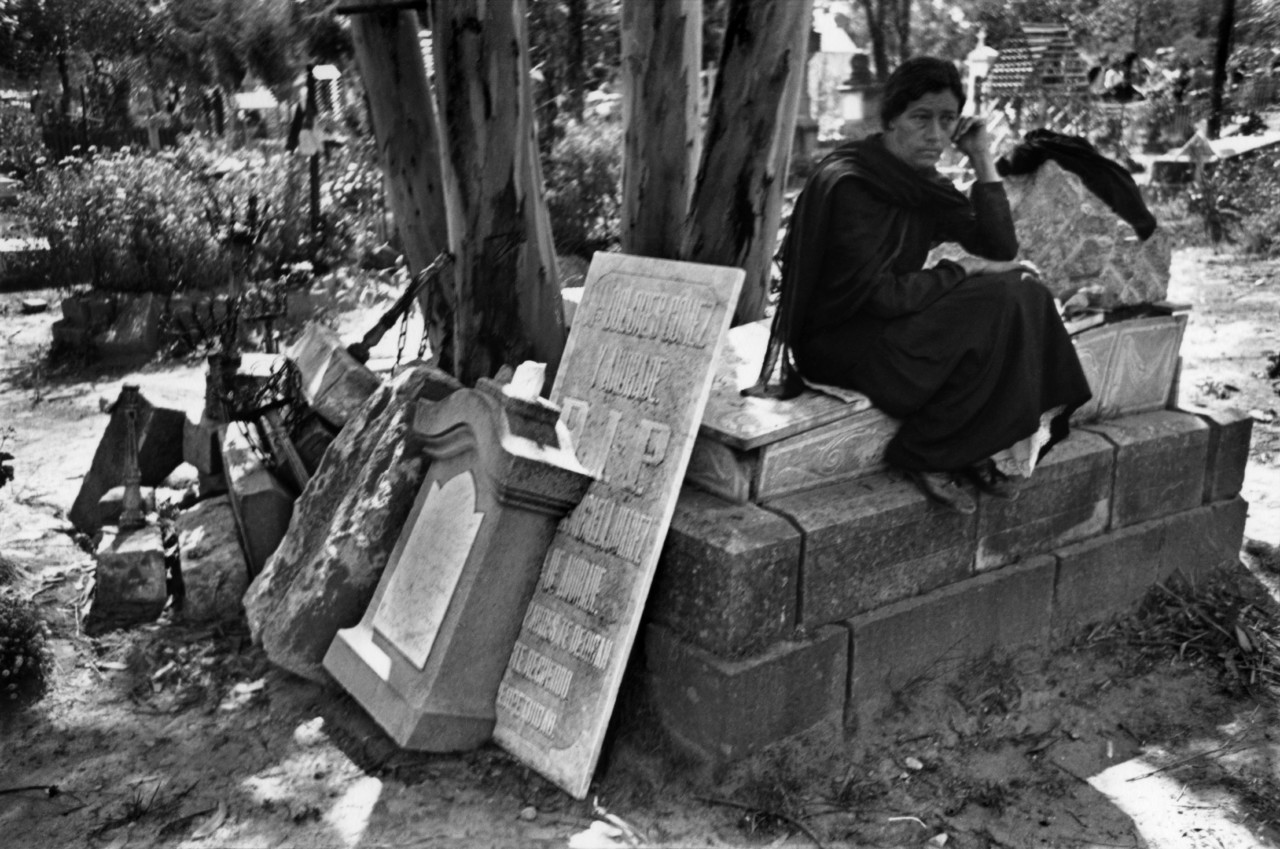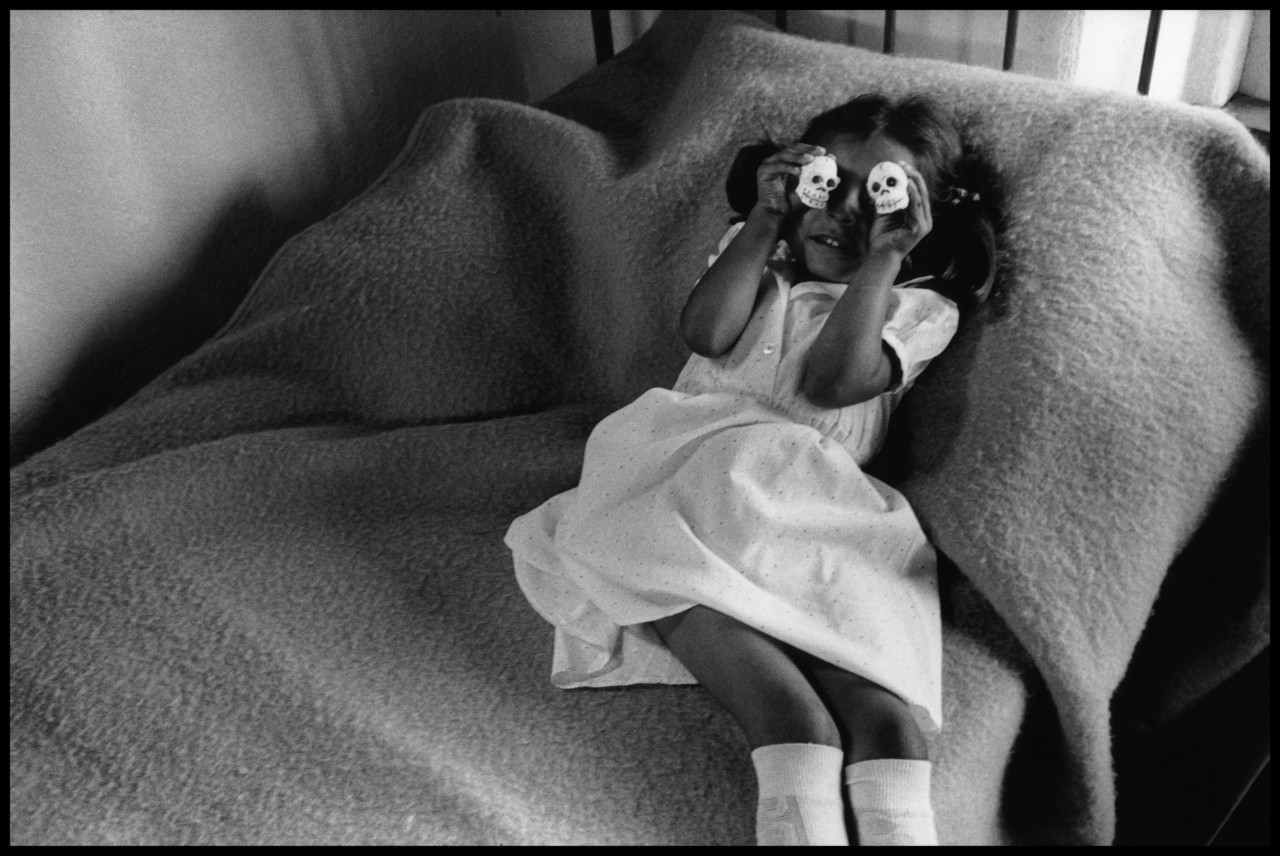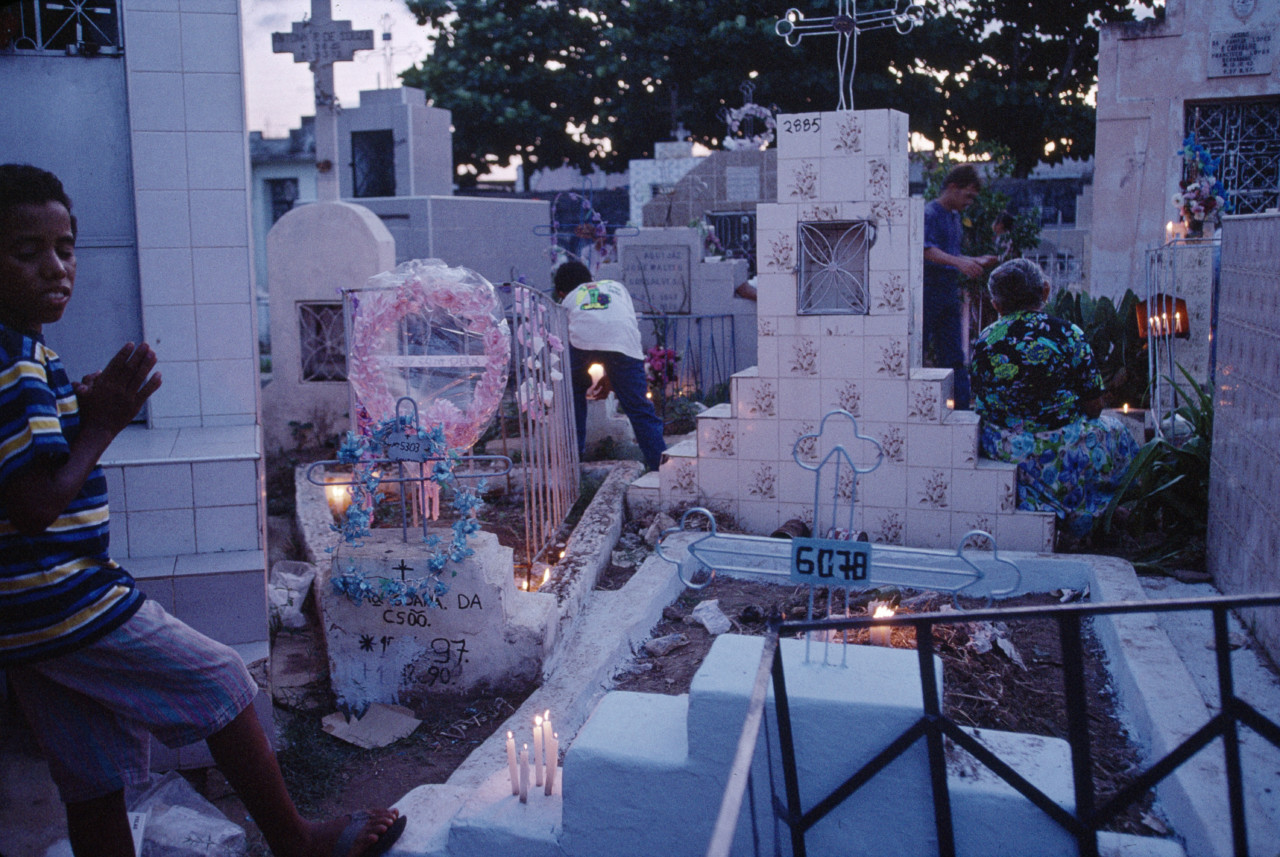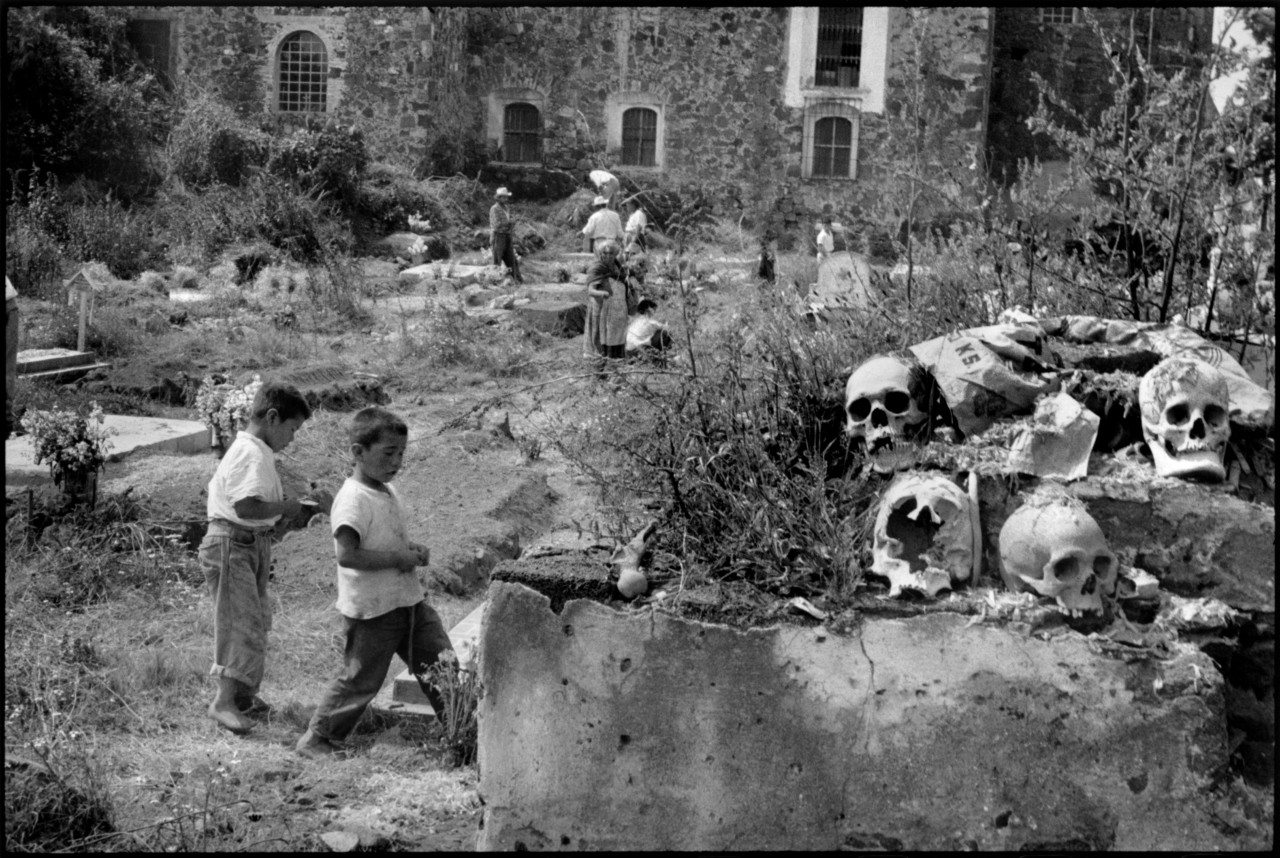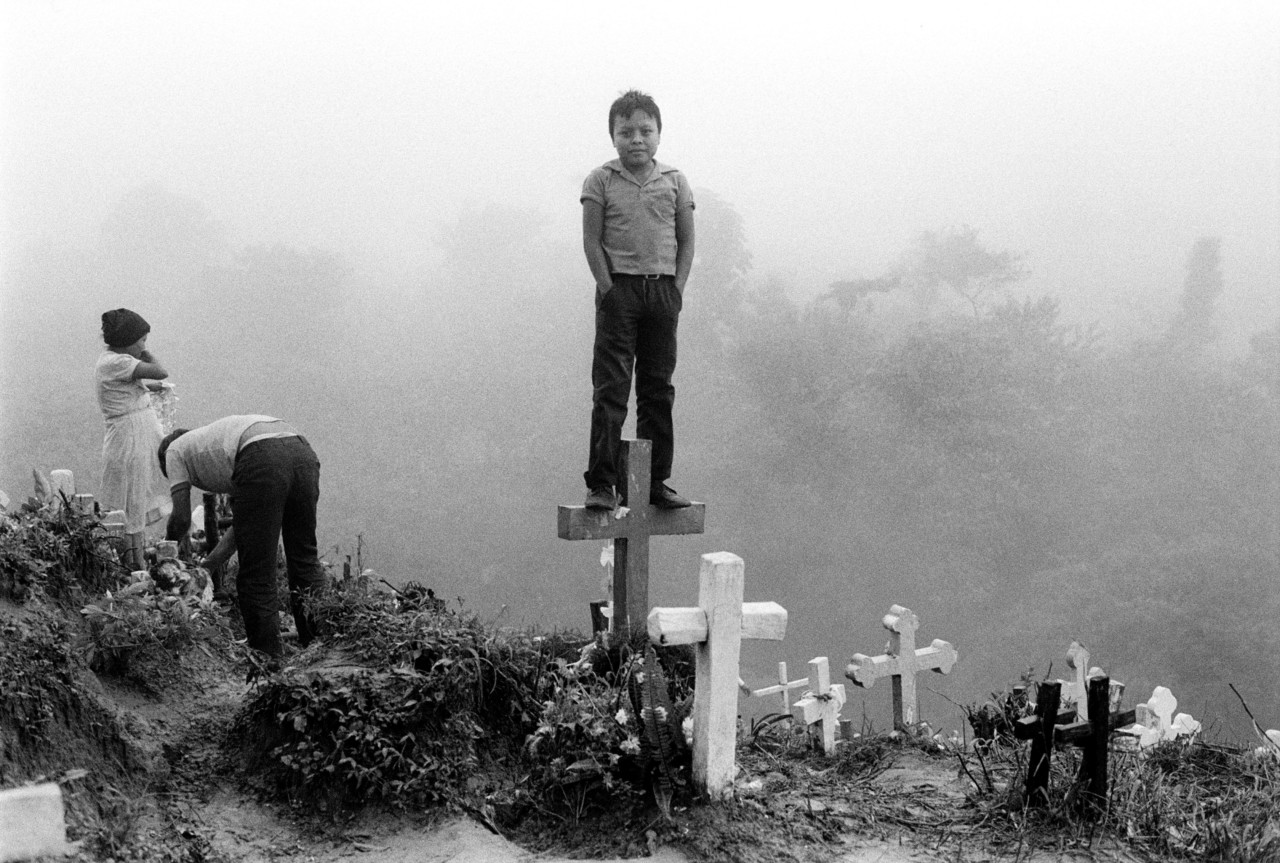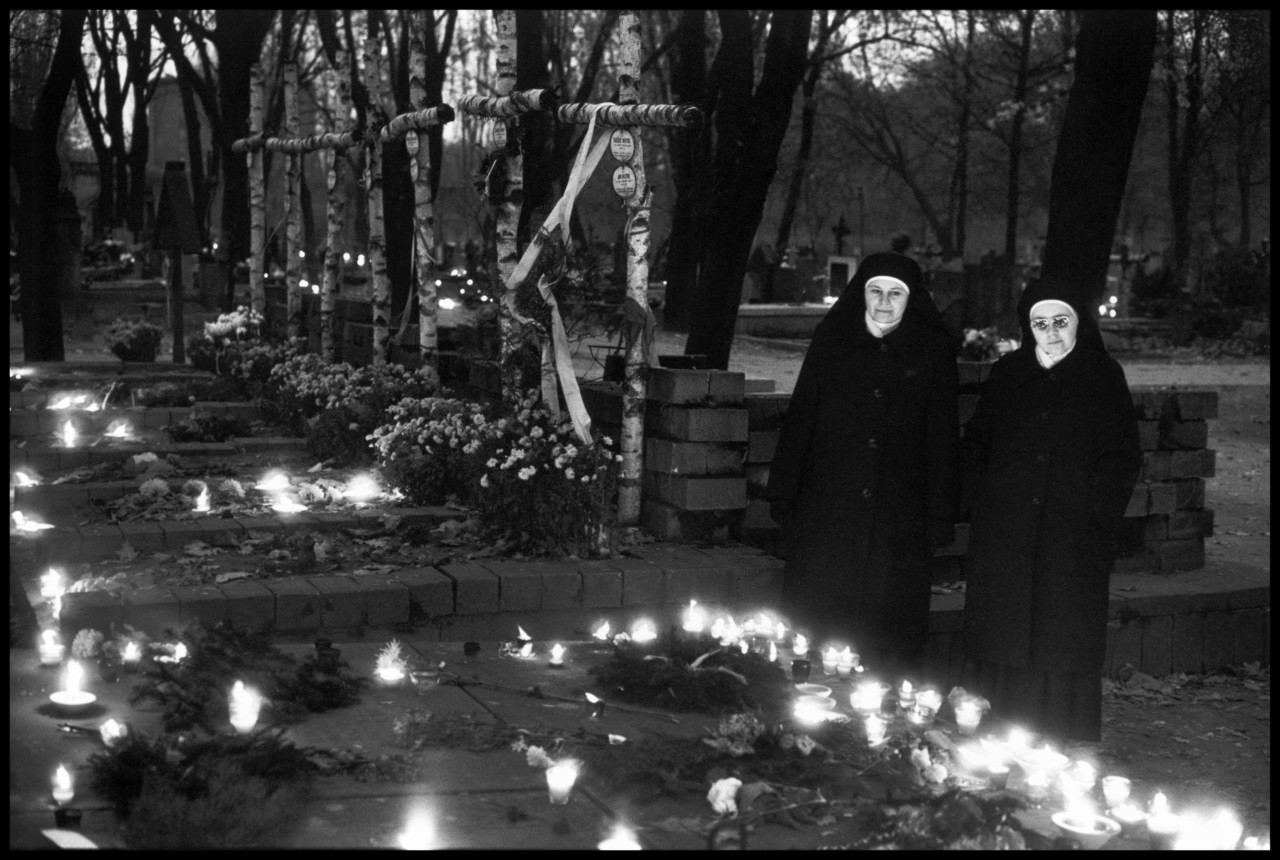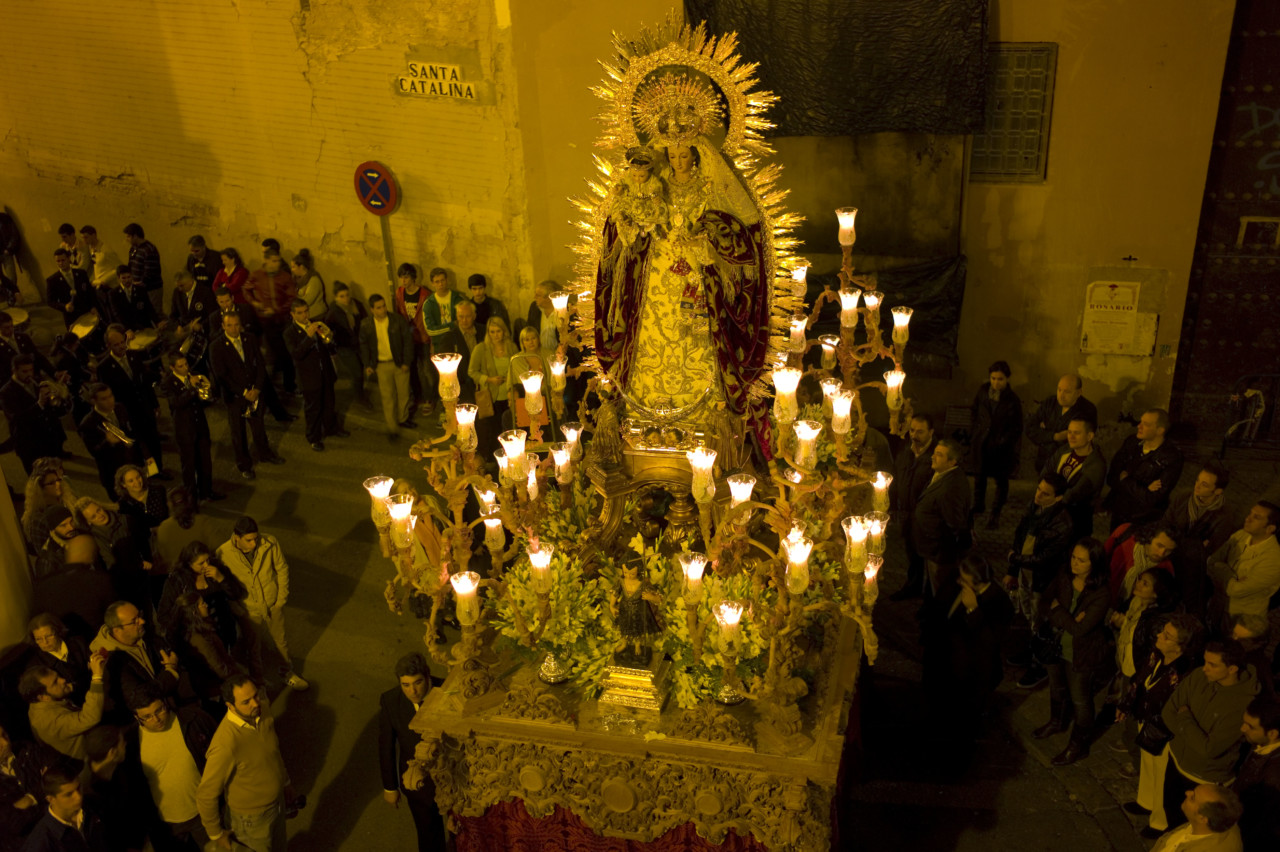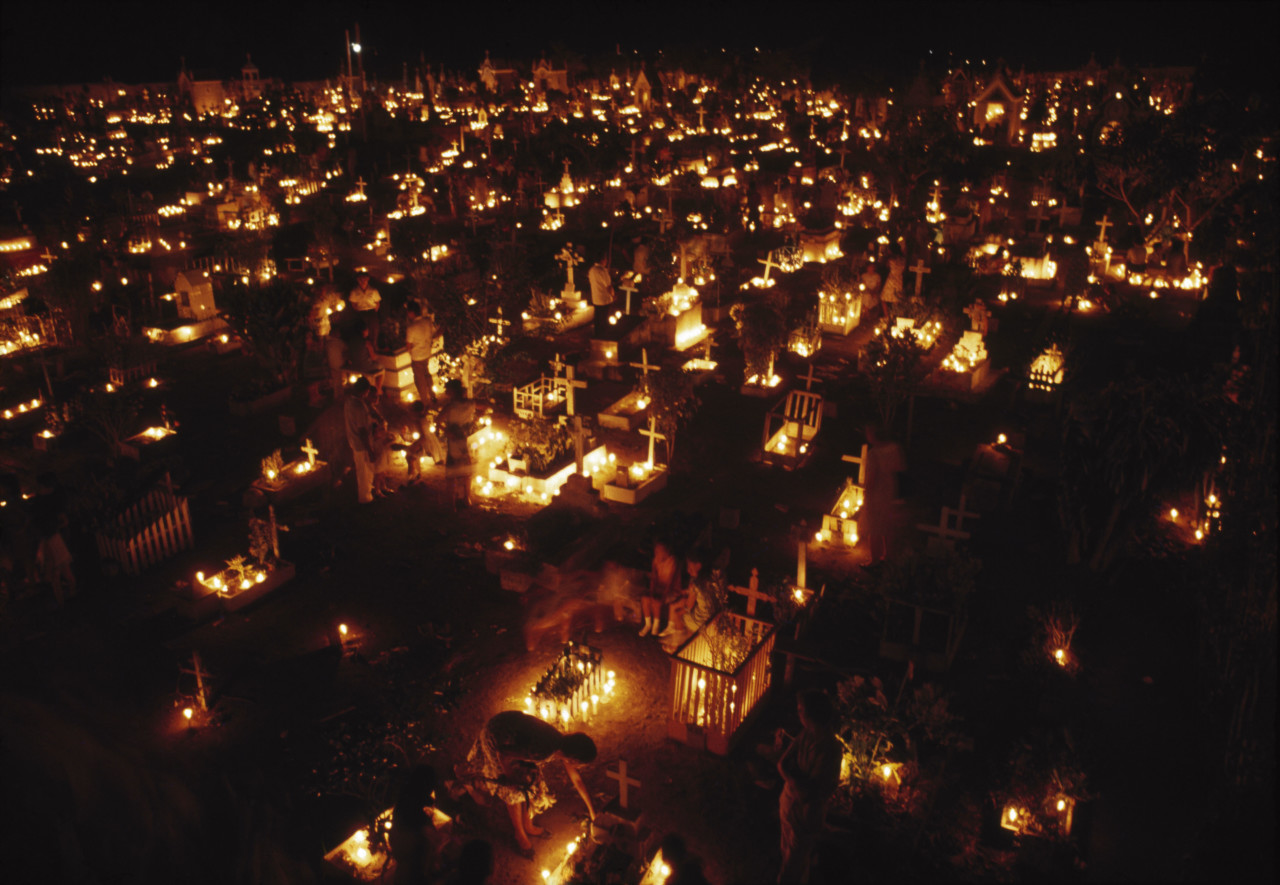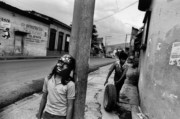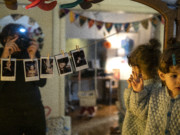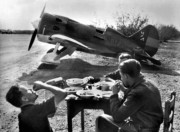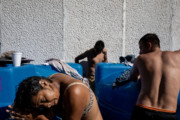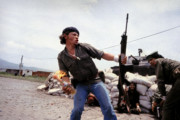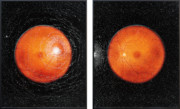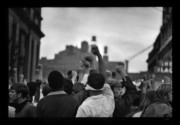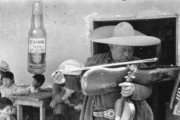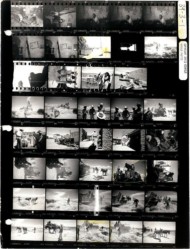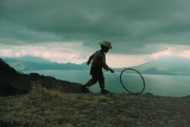The Day of the Dead
The centuries-old Mexican holiday is a colorful celebration of the dead
Magnum Photographers
The Mexican holiday Día de los Muertos – or Day of the Dead – is a colorful and joyous celebration of the deceased through various festivities, where pre-Hispanic rituals combine with Catholicism. On the first two days of November, each year, this holiday is celebrated in Mexico and throughout other parts of Latin America, as well as by many of Mexican heritage around the world. Day of the Dead festival-goers believe death is no more than a natural part of life, and that the dead pass on to live in another realm, with their spirits temporarily returning to our world on this day.
The holiday encourages participants to exhibit joy for, and celebration of, those who have passed. Altars adorned with ofrendas – offerings – are created for the deceased, with gifts ranging from flowers – often marigolds – to toys and alcohol. Grave sites are tidied and visited, food and drinks are served, music is played and parties are thrown. 2018 marks ten years since the Day of the Dead was added to UNESCO’s Intangible Cultural Heritage of Humanity list.
Religion and cultural traditions have long-been imperative subjects for many Magnum photographers: Abbas maintained a lifelong interest in religion and photographed his travels through Mexico in the 1980s; Henri Cartier-Bresson’s early fascination with Surrealism saw him venture to Mexico in 1934, where he believed the avant-garde movement was most prominent, especially concentrated during the Day of the Dead festival; Patrick Zachmann’s career-long interest in diasporas as well as the practice of photographing color at night saw him photographing such festivities in Spain; while Martin Parr’s obsession with documenting cultural traditions and kitsch, seen here in his photos of the traditional candied day of the dead Calaveras skulls, led him to travel to Mexico in the early 2000s, where he covered the festivities.


